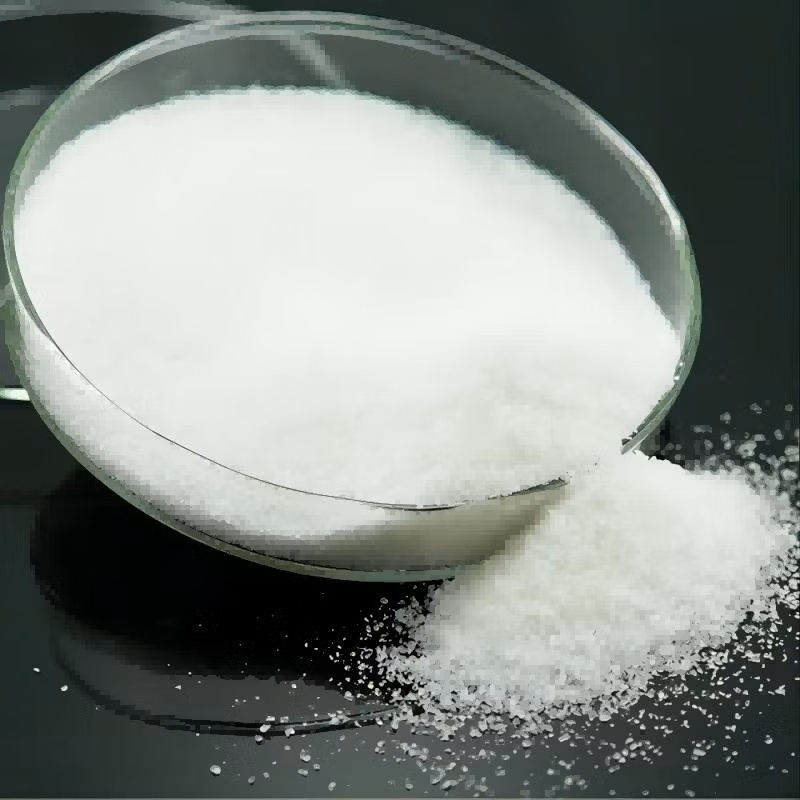We unleash your business potential by maximize the business innovation.
Send EmailAcrylamide, AM, Propenamide, Acrylamide monomer, Acrylamide electrophoresis, Acrylamide, Molecular Biology Grade, Acrylamide ultra sequencing gel, 79-06-1
Acrylamide
CAS: 79-06-1
Molecular Formula: C3H5NO
Names and Identifiers
| Name | Acrylamide |
| Synonyms | AM Acryl Acrylamide Propenamide Bis Solution 2-Propenamide prop-2-enamide Acrylamide monomer Ethylenecarboxamide Acrylamide electrophoresis Acrylamide ultra sequencing gel Acrylamide, Molecular Biology Grade |
| CAS | 79-06-1 |
| EINECS | 201-173-7 |
| InChI | InChI=1/C3H5NO/c1-2-3(4)5/h2H,1H2,(H2,4,5) |
Physico-chemical Properties
| Molecular Formula | C3H5NO |
| Molar Mass | 71.0779 |
| Density | 0.961g/cm3 |
| Melting Point | 82-86℃ |
| Boling Point | 231.7°C at 760 mmHg |
| Flash Point | 79°C |
| Water Solubility | SOLUBLE, 216 g/100 mL |
| Vapor Presure | 0.0614mmHg at 25°C |
| Refractive Index | 1.433 |
| Physical and Chemical Properties |
melting point 82-86°C |
| Use | For the determination of relative molecular mass of acids |
Risk and Safety
| Hazard Symbols | T - Toxic |
| Risk Codes | R22 - Harmful if swallowed R43 - May cause sensitization by skin contact R45 - May cause cancer R46 - May cause heritable genetic damage |
| Safety Description | S24 - Avoid contact with skin. S53 - Avoid exposure - obtain special instructions before use. |
| UN IDs | UN 2074 |
Upstream Downstream Industry
| Raw Materials | Acrylonitrile |
| Downstream Products | N,N'-Methylenebisacrylamide Acrylic acid Polymers Poly(acrylamide) |
Nature
This product is colorless and odorless crystal. Highly toxic. Soluble in water, ethanol, acetone, ethyl ether and trichloroethane, toluene-soluble, insoluble in benzene. Stable at room temperature, but suddenly polymerized when melted. Melting Point: 84~86 °c. The boiling point was 87 ℃(0. 26kPa), 125 ℃(3. 3kPa). The relative density was 1. 122. Refractive index 1.460 (calculated).
Preparation Method
- acrylonitrile direct hydration acrylonitrile and water are directly hydrated in the presence of copper catalyst at 85~125 ℃ and 0.3~0. 4MPa pressure.
- acrylonitrile sulfuric acid hydration acrylonitrile and water are hydrolyzed in the presence of sulfuric acid to form acrylamide sulfate, and then neutralized with liquid ammonia to form acrylamide solution and ammonium sulfate. After the reactants were separated and filtered, the filtrate was crystallized and dried to obtain a final product.
- enzymatic method an aqueous acrylonitrile solution was fed into a fixed-bed reactor equipped with a bacterial strain catalyst at room temperature, and 100% of the acrylonitrile was converted to acrylamide by reaction. After separation, an industrial product of acrylamide can be obtained even without purification and concentration.
Use
It is mainly used for the manufacture of water-soluble polymer-polyacrylamide, which can be used as a chemical grouting agent for water plugging and sand fixation in tunnels, oil wells, mines and dams, coagulants for water treatment and drilling mud and preservatives for underwater and underground structures. In addition, also
It can be used as soil modifier, fiber modifier, binder, photosensitive resin crosslinking agent and paper reinforcing agent. In addition, acrylamide can be used as a cross-linking agent for vinyl polymers and to increase the adhesion of lipophilic polymers, increase the softening point of the resin, and increase the solvent resistance.
Safety
- This product is highly toxic. Its vapor can be inhaled through the respiratory tract or absorbed through the skin to cause poisoning. It is mainly harmful to the central nervous system. It also has a strong stimulating effect on the eyes and skin. LD50 for rabbits was 126mg/kg. The maximum allowable concentration in air is 0.3 mg/m3. Production equipment should be closed, the plant should have good ventilation conditions, the operator should wear protective equipment.
- This product is packed with plywood barrel, plastic barrel or fiberboard barrel lined with plastic bag, 20kg or 25kg per barrel. Store in a cool, dry and ventilated place at 20~30 ℃ to prevent rain and sun exposure. Shelf life of one year, according to the provisions of the transport of toxic chemicals
